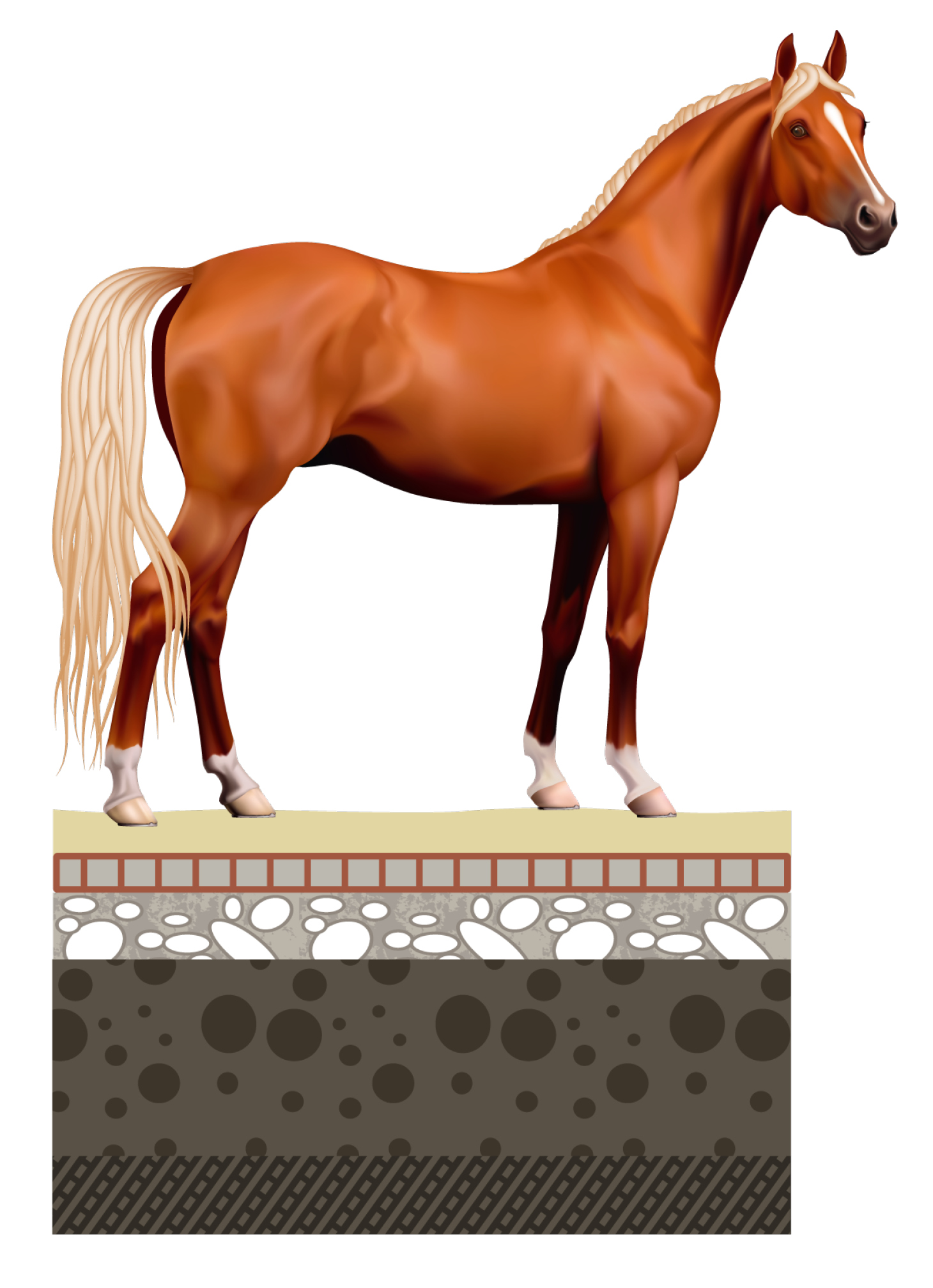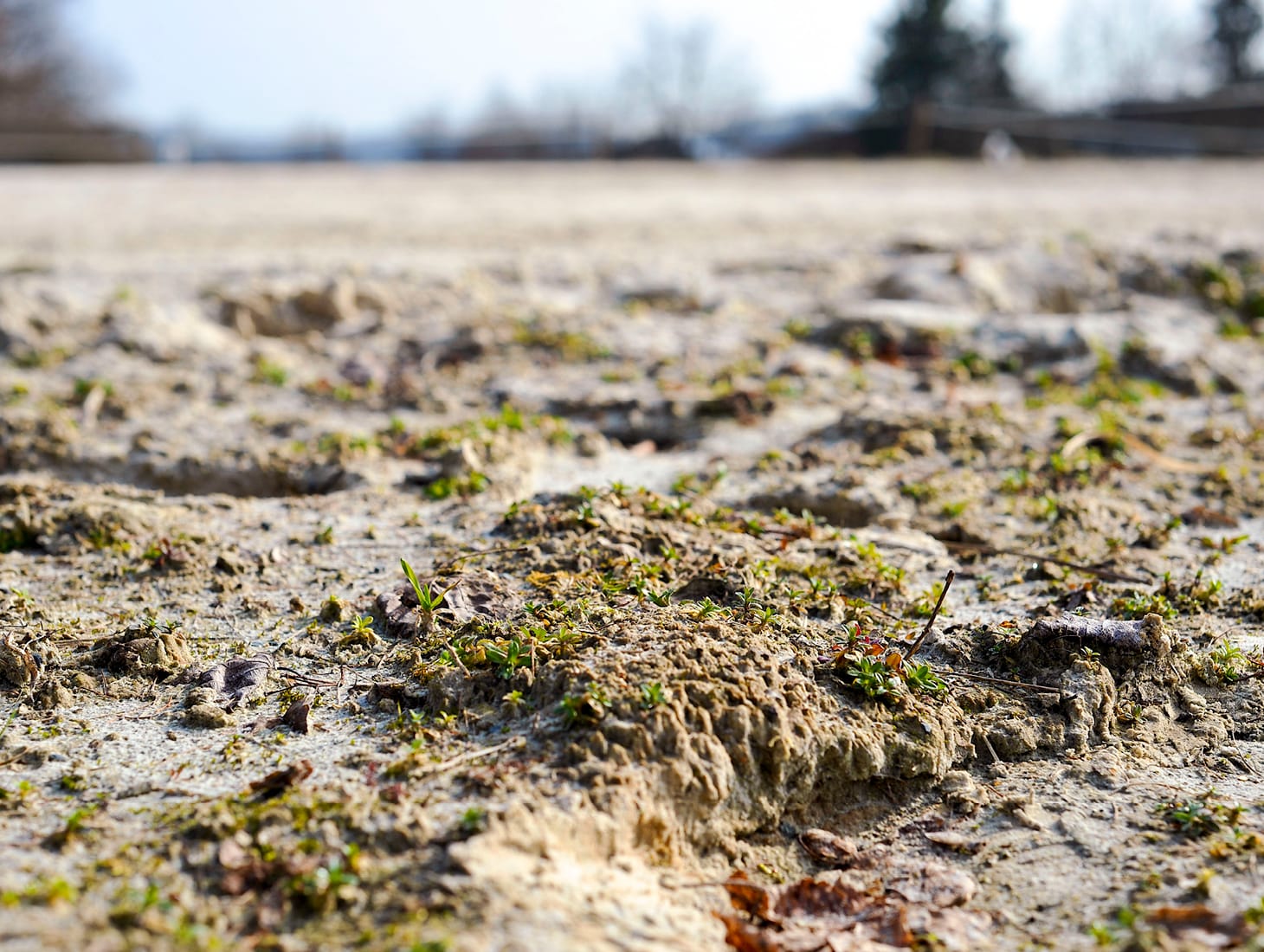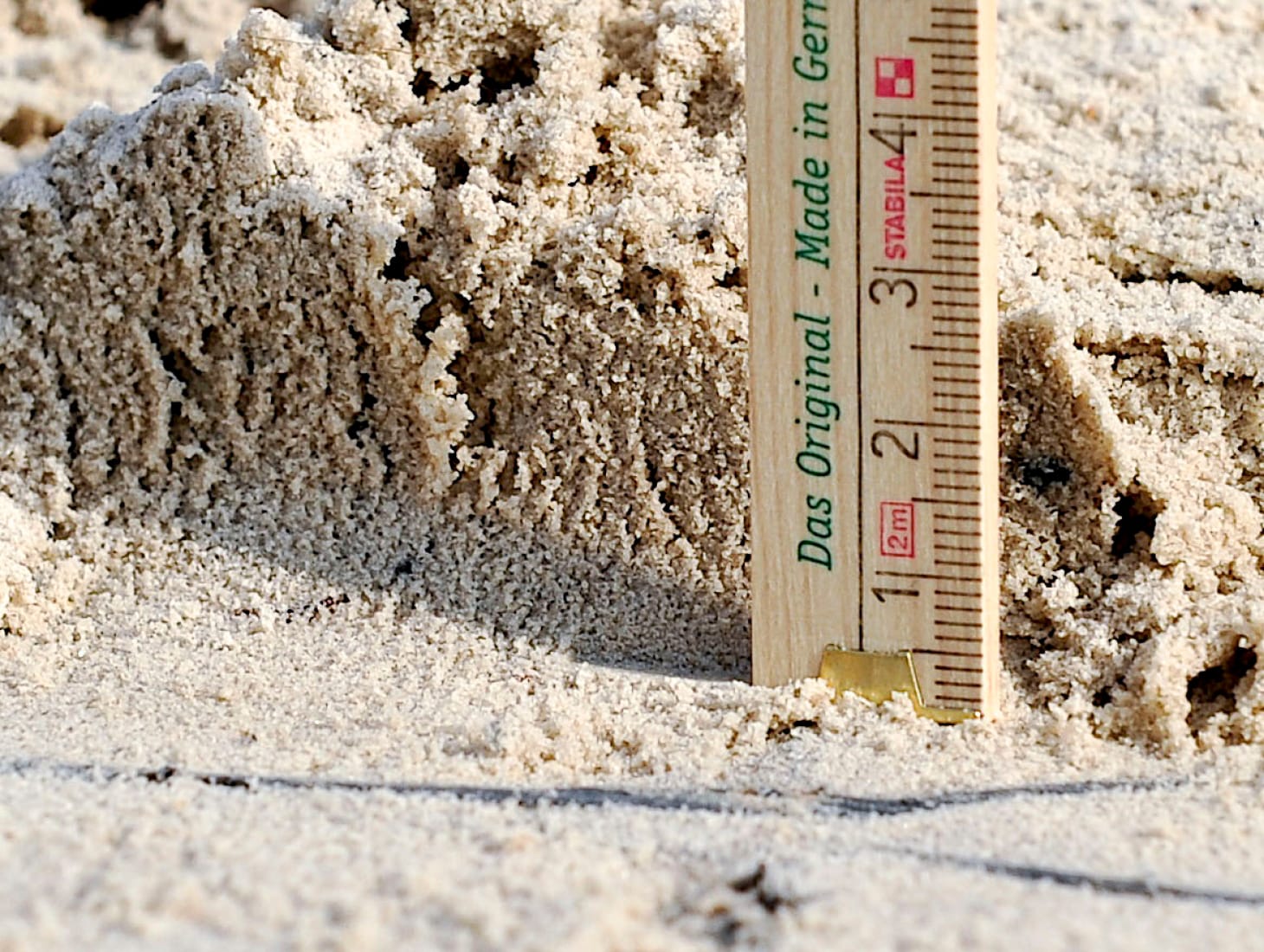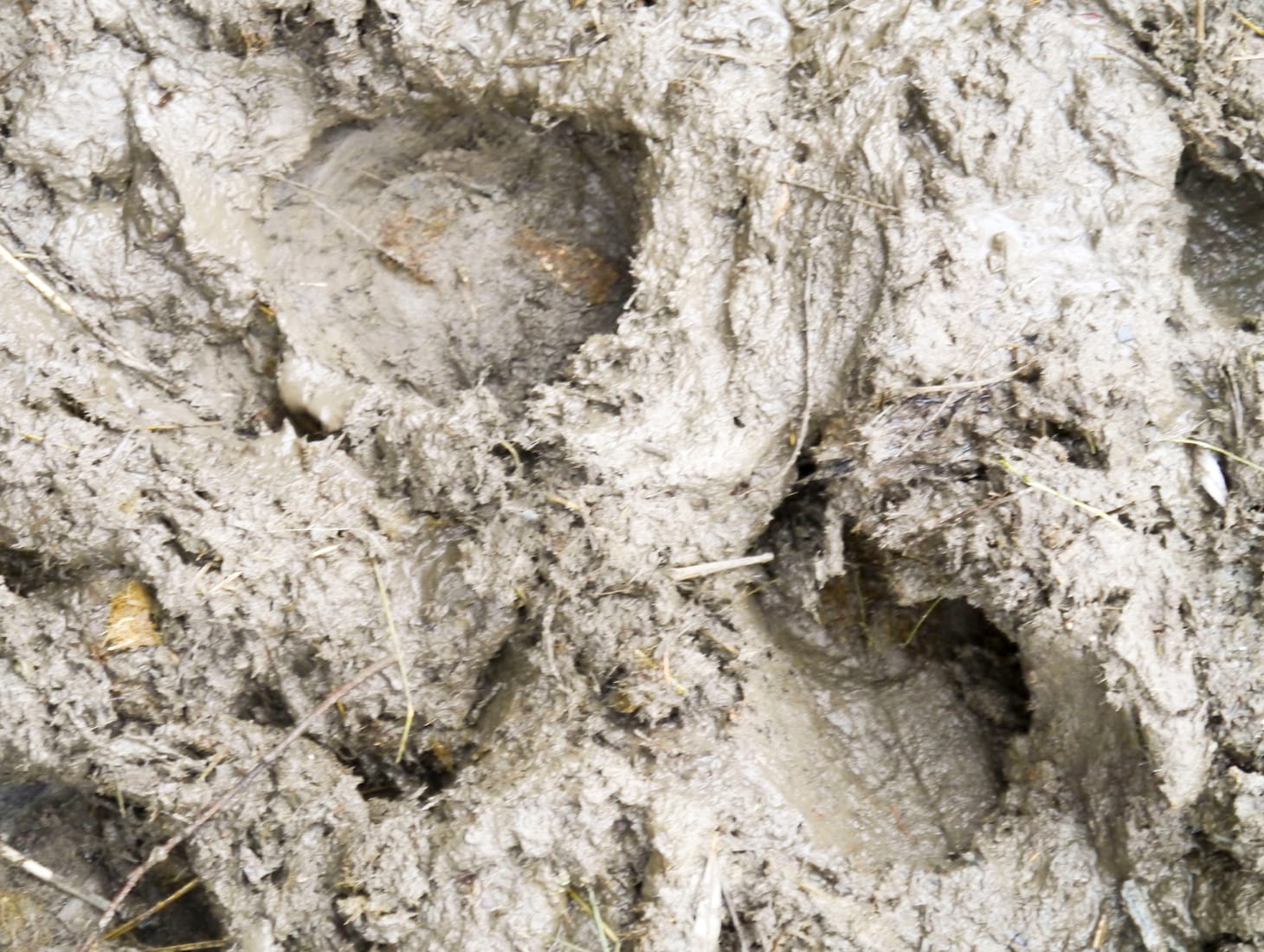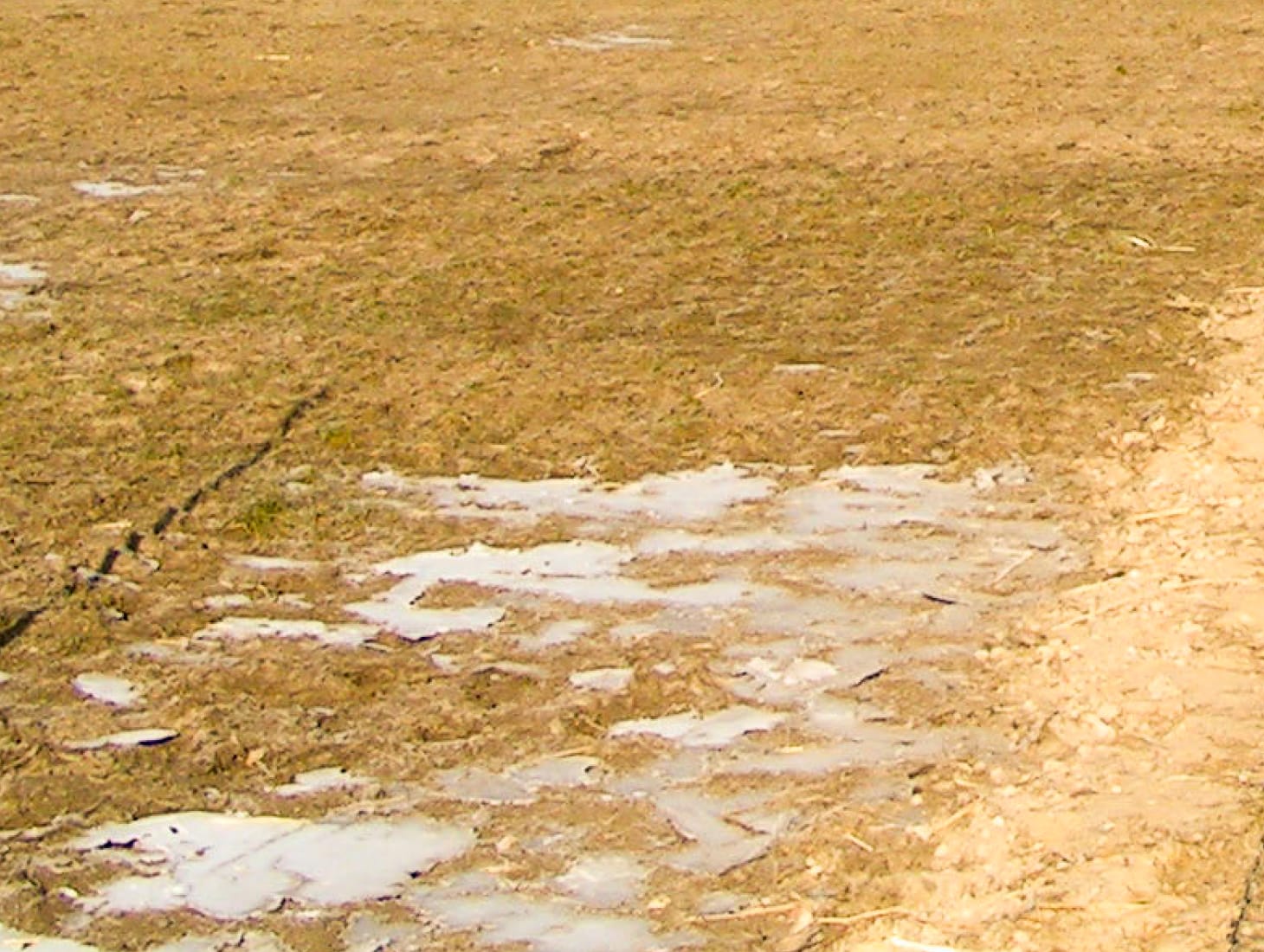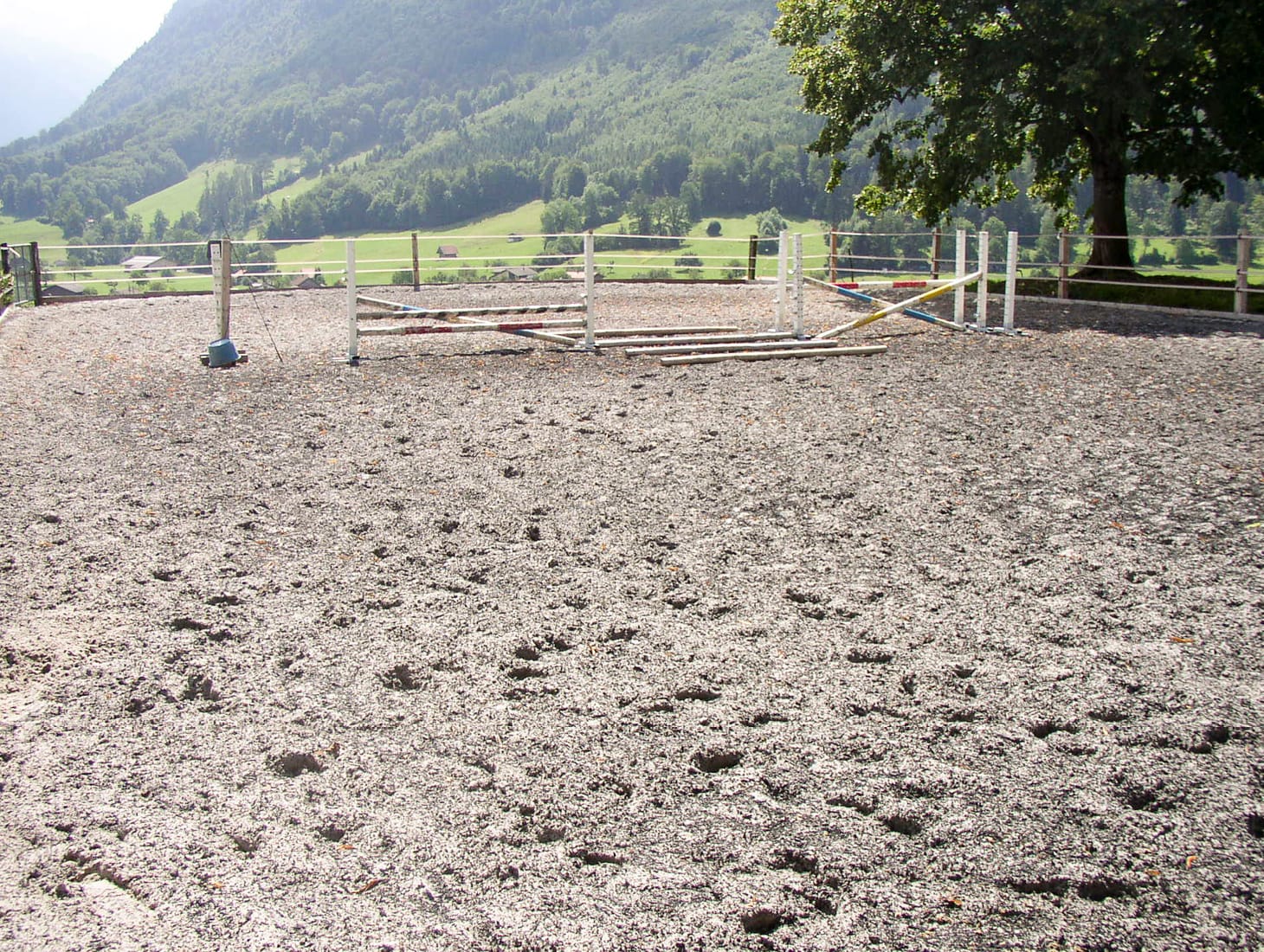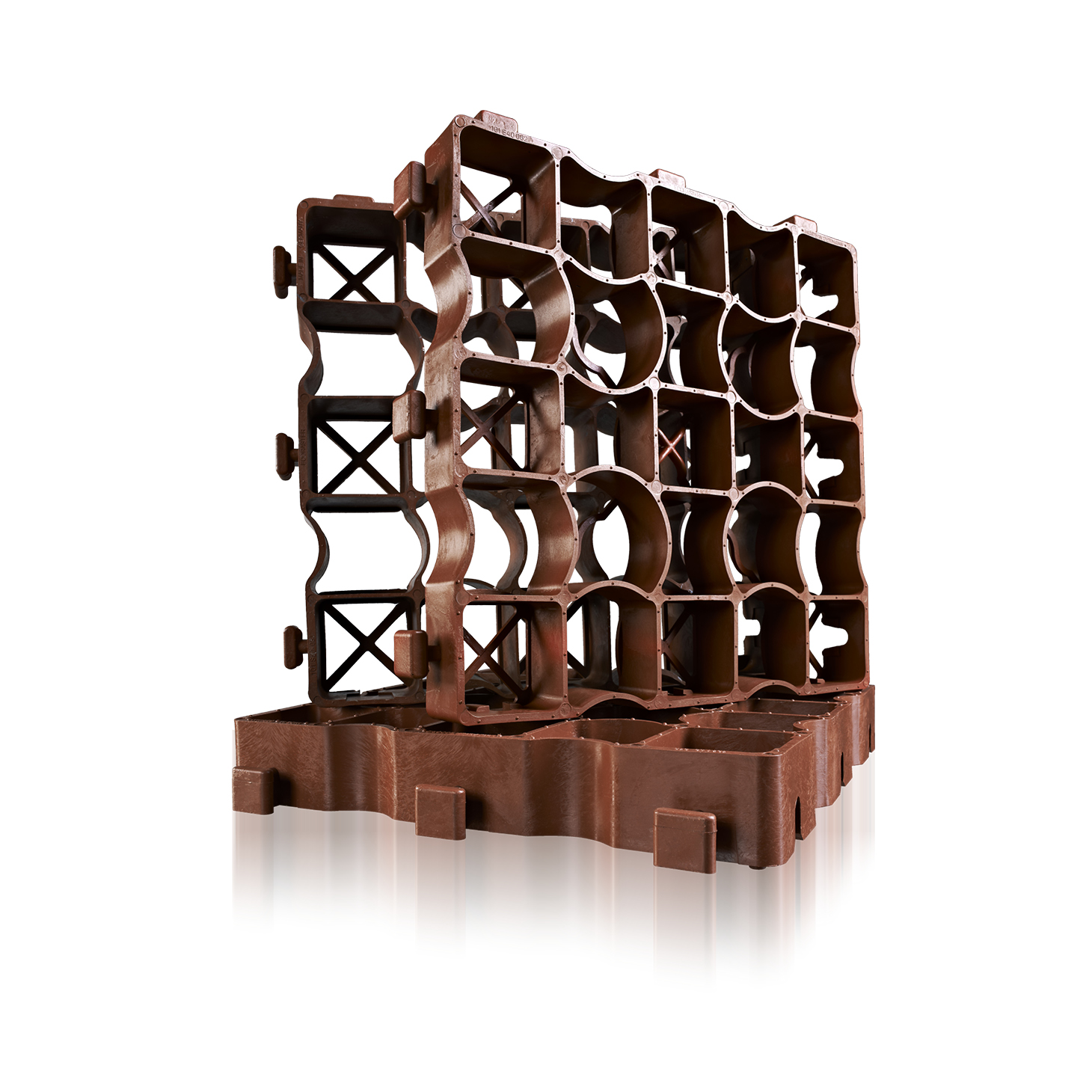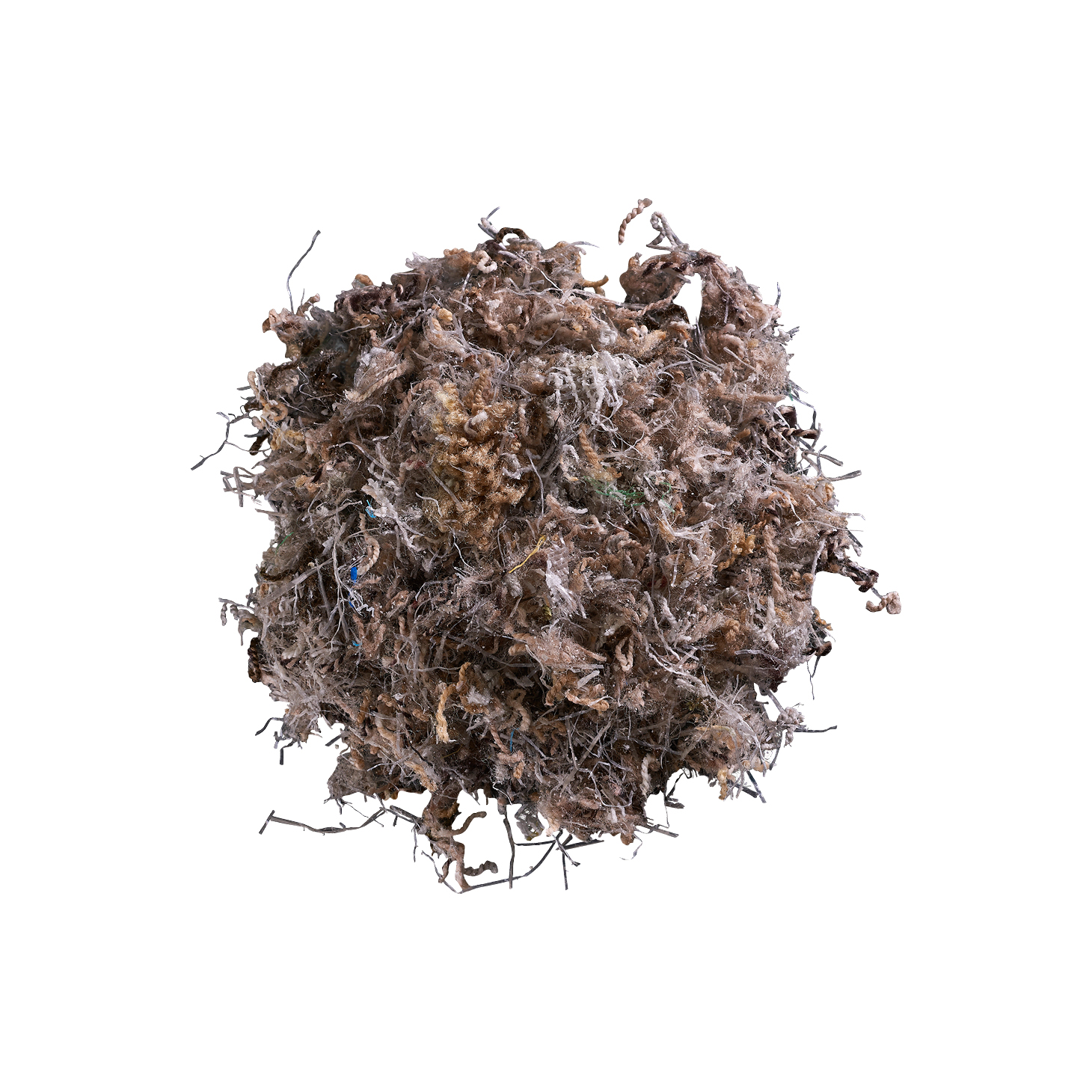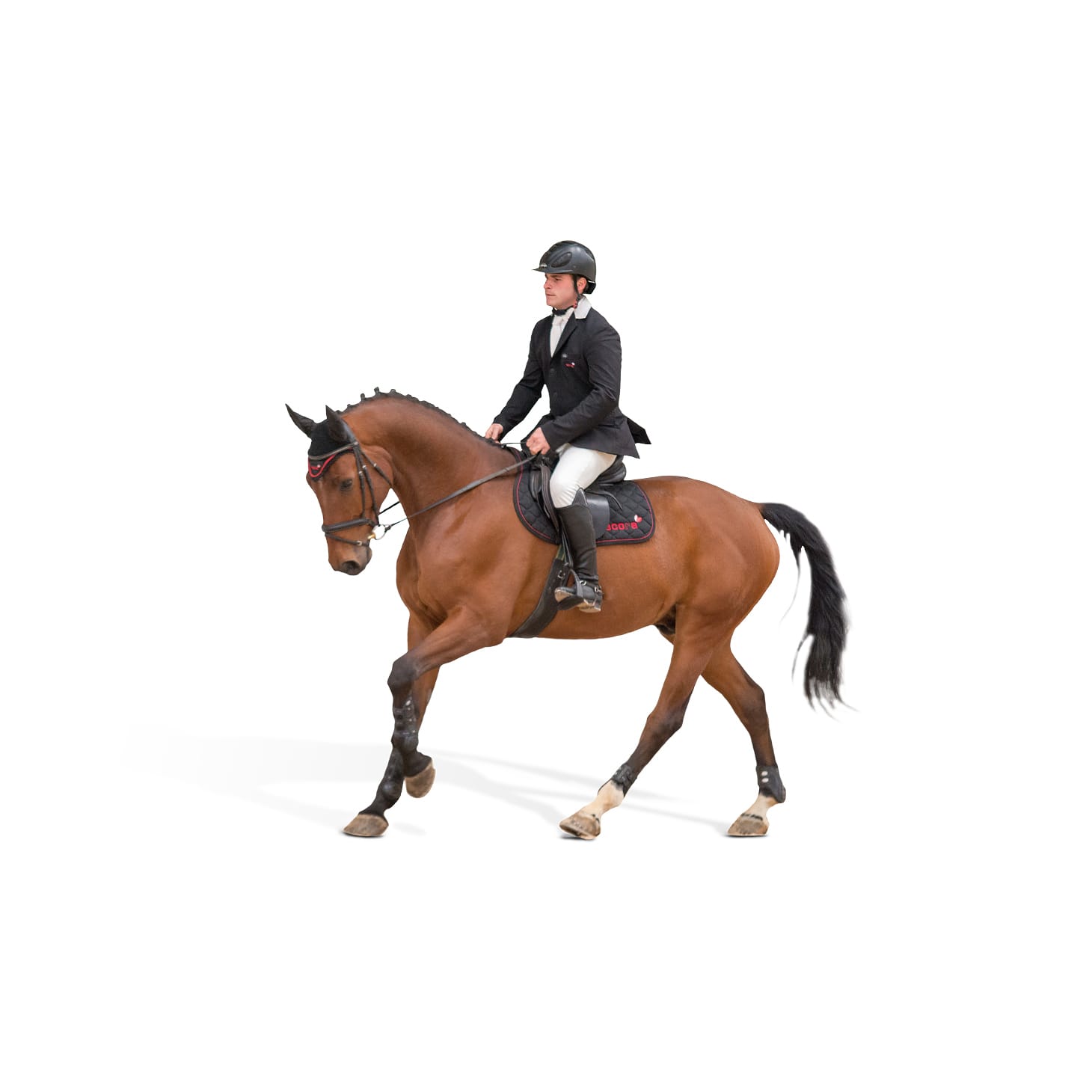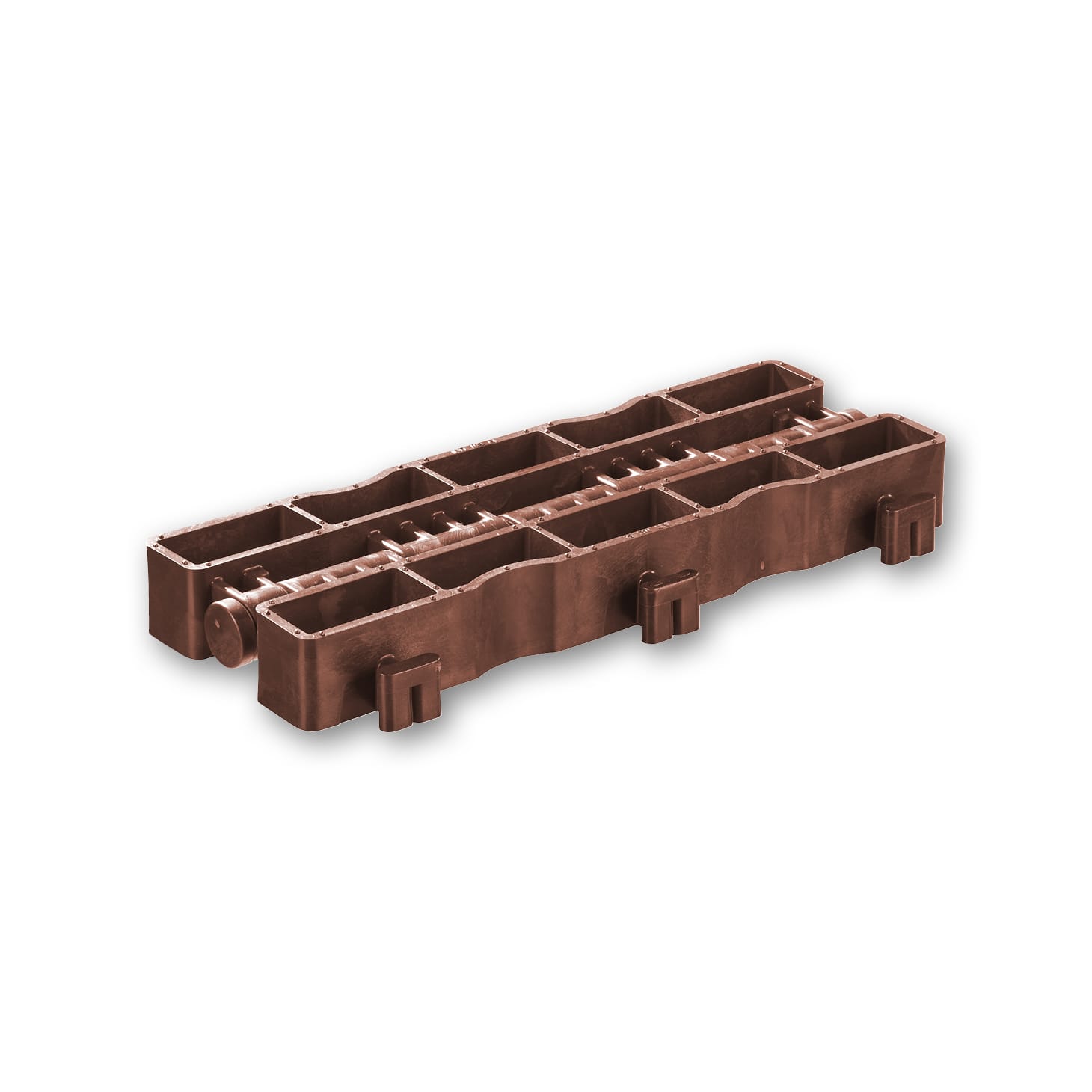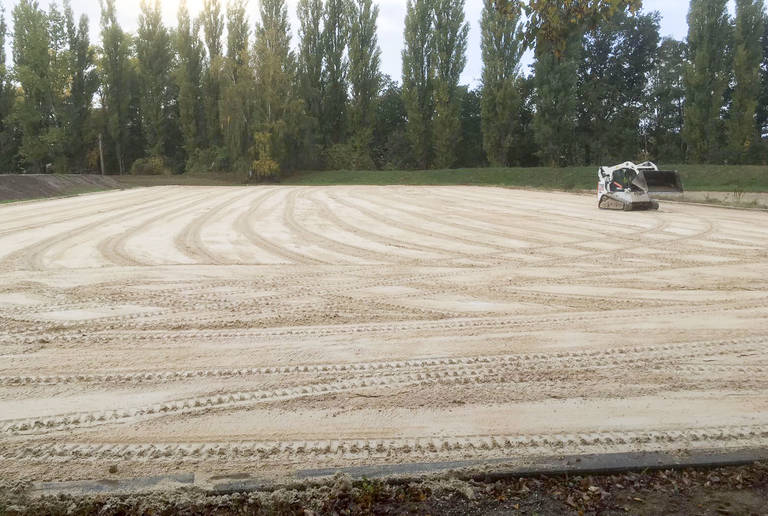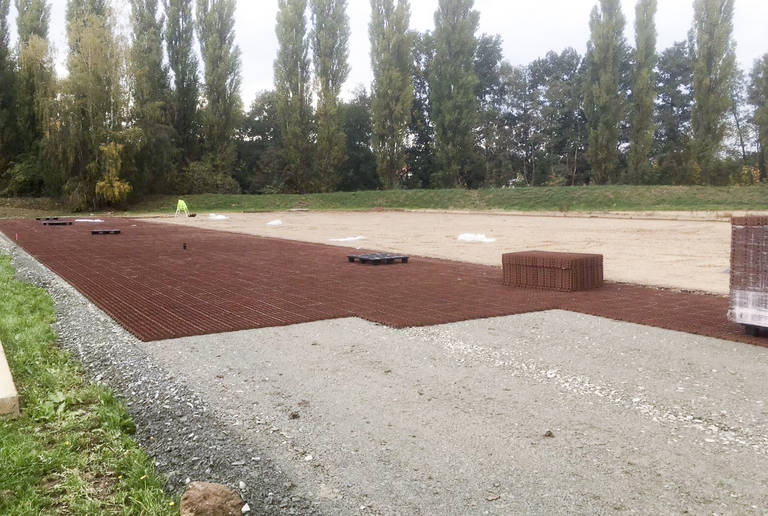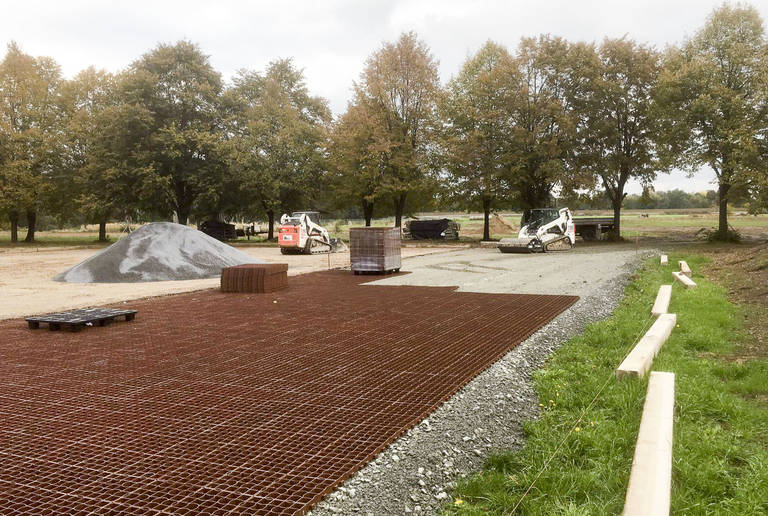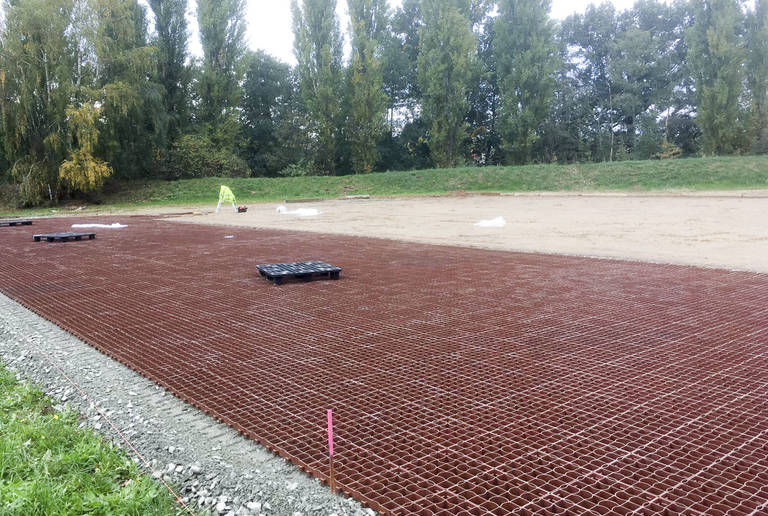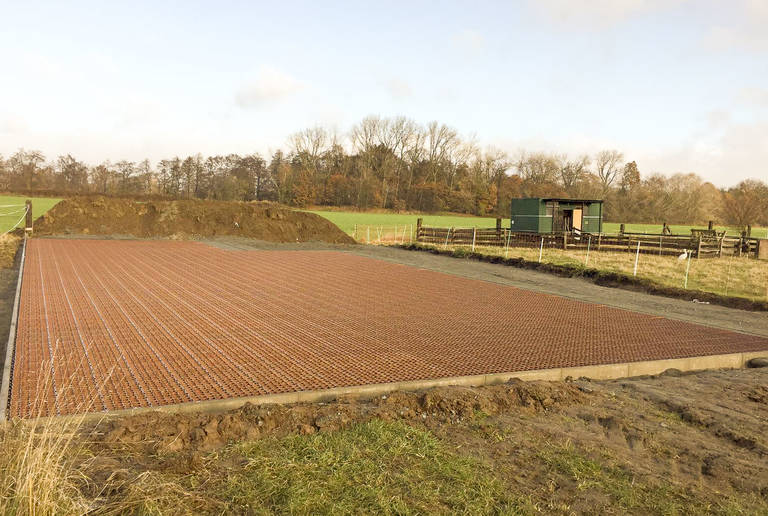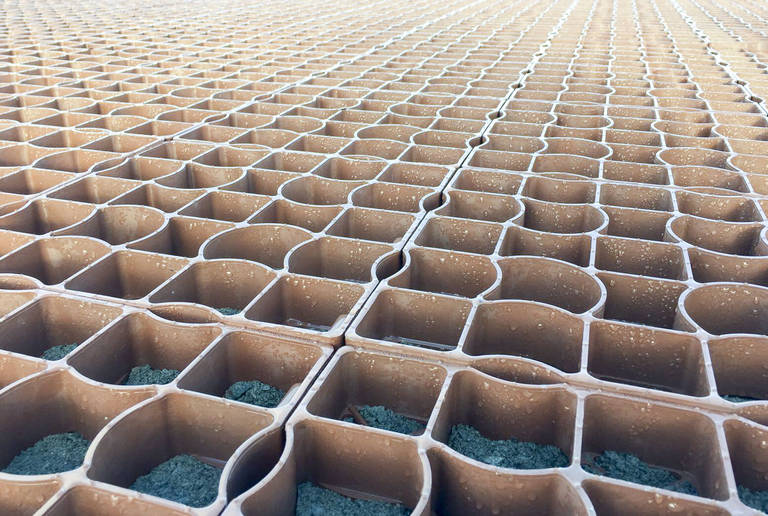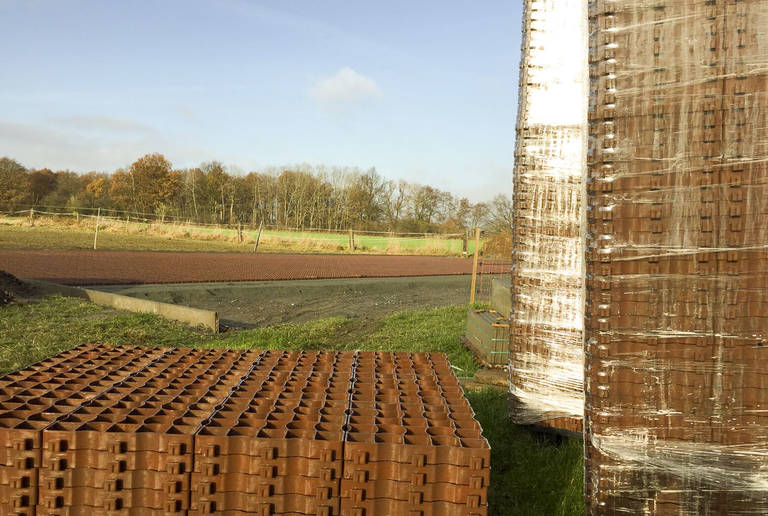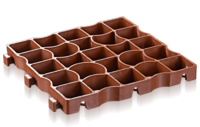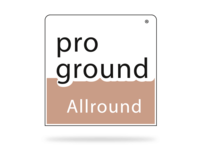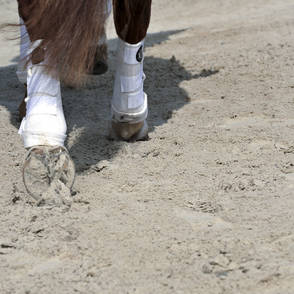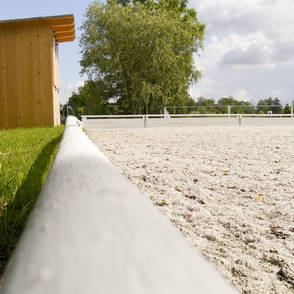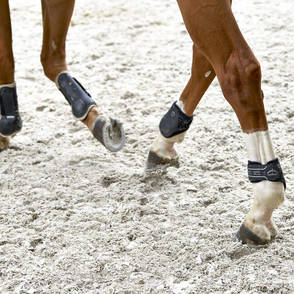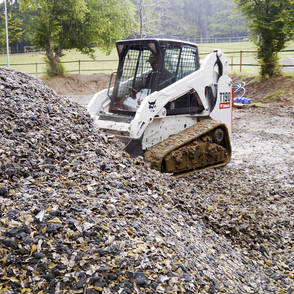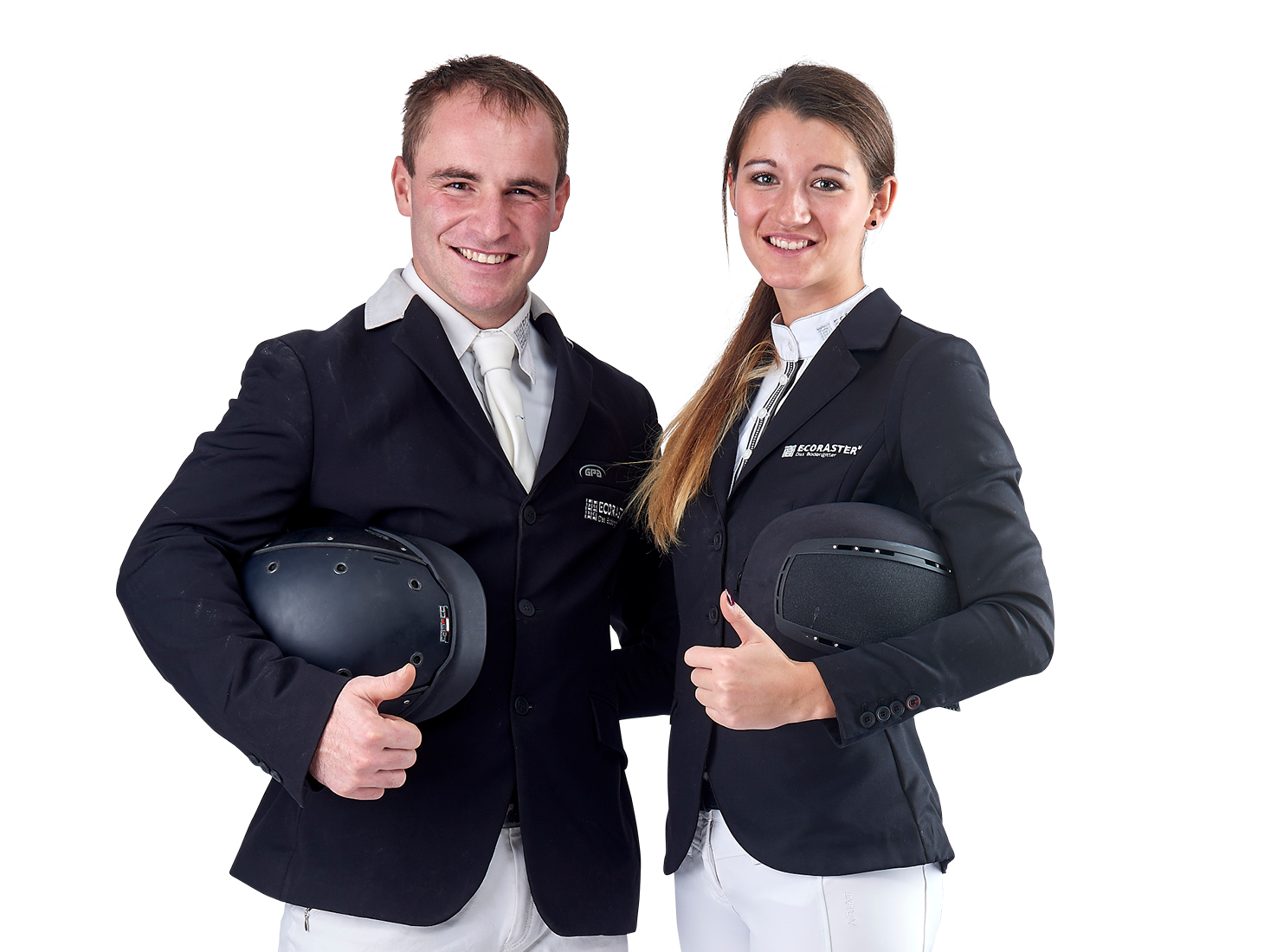All-weather riding surface
Uncompromising when it comes to a safe outdoor riding area ridable year-round. Why it is worth thinking long-term.
A permanently good, elastic surface proves itself especially with high gaits, loads and also extreme weather. In order to be able to offer both horse and rider optimum surface characteristics and training conditions year-round, your outdoor riding area should fulfill the following basic requirements: reliable water management, perfectly matched footings and the prevention of all risks to health. It is exactly for this reason that bringing in a professional helps to efficiently plan your area, to tailor it exactly to your needs and to avoid expensive changes afterwards.
This is what a good riding surface should do
Ridable throughout the year
So that the investment in your outdoor riding area pays for itself, you and your clients should find optimum training conditions at all times. And that includes frosty winters, heavy precipitation and long dry periods.
Optimum water regulation
Particularly with outdoor areas where, in contrast to indoor riding arenas, watering is uncontrolled, a riding surface must on the one hand conduct excess water into the ground, and on the other hand store as much water as possible during long dry periods so that it remains elastic.
Low-maintenance and easy-clean
Organic contamination is the enemy of all footings, as in the long term they block the water-conducting layer and lead to the formation of mud and sludge. Therefore, your outdoor riding area should also be easily accessible and be able to be driven on by maintenance machinery.
Anti-slip with good grip
High shear strength, good shock absorption – a riding surface must often fulfill many contradictory functions. The health of horse and rider should stand in the foreground at the same time.
Robust and durable
The lifetime of an area depends less on its use and much more on the quality of its components. Problems mostly arise from damage to the separating layer, through a surface covering that is too loose, sealing of the surface or blocking of the grids.
Designed for your discipline
Different disciplines demand different sporting surface properties. While in show jumping, for example, faster surfaces are generally preferred, Western riders often need deeper footings enabling sliding. The selection of the grid also plays an important role here.
You should take account of the following during planning
Quality of the site
The characteristics of the site and its permeability are the basis for the success and design of your outdoor riding area. Ensure that your sub-structure is stable, level, be able to bear heavy loads and must on no account contain clay, as otherwise it can become waterlogged and excess water appears on the surface.
Weather and Position
Your outdoor riding area is subject to more or less natural wear depending on sunshine, wind, precipitation levels and climate. The more extreme it is, the more important it is that each layer is functioning perfectly all the time. In most cases, a north-south alignment of the long side has proven itself particularly well.
Access
During the design of your outdoor riding area, also plan adequate access and edging. These should have a high resistance to shearing, bear the necessary loads and be wide enough for maintenance and construction vehicles. To avoid injuries, the edging of your area should not exceed a height of 20 cm.
Our recommended design: Three-layer construction with vertical drainage
In our experience, there is no comparable, sustainable alternative to the classic three-layer model with a base and separating layer and footings. This is not only because other installation types already meet their limits when it comes to regulation of water, but also because this design is the most economical in the medium term. You save yourself unnecessary renovation costs later on and profit from year-round rideability and a longer life for the area. With the right structure and products, mud and puddles are a thing of the past, as the individual surface layers work together optimally and conduct water into the ground in a controlled manner.
- Permanent drainage and systematic dewatering with no sealing problems
- Securely fixed sub-structure
- The longest lasting installation type that is the most economical in the long run
- Year-round rideability
- Downward drainage (natural cleaning)
Base layer
The base layer consists of a permeable mixture of gravel, mineral rubble and broken rock. Its main task is to drain excess water away and to bear the layers above. The thickness of the layer is thus related to the bearing capacity of the sub-structure and should be at least 25 cm once compacted.
Separating layer
The separating layer prevents the base layer mixing with the footings, functions as a water store and at the same time specifically drains water into the ground. Our ECORASTER grids, for example the TR40, have proven themselves particularly well, as they have an additional buffering effect and absorb heavy impact forces. Fixed firmly together, the grids ensure a permanent drainage effect.
Footings
The right mixture for the footings is decisive for the work with the horses. It should be elastic but still stable to give the hoof enough grip but to relieve the sensitive joints and tendons. It absorbs water and drains excess water away without being washed away. Footings consist of high-quality riding sand and aggregates that provide among other things the necessary sporting properties for your Surface.
The most common problems and solutions
Formation of mud and puddles on the outdoor riding area
Drainage problems arise either from the base layer and separating layer mixing together, leading to reduced drainage function, weather influences, sealing in the sub-structure, blockage caused by organic residues or loamification of the ground. Heavily used outdoor riding areas in damp weather are particularly affected by this.
What you can and should do in any case is to clean the riding surfaces at least once a day to prevent further “bonding” of the footing and separating layers. Based on a professional surface analysis, the cause can be identified and eliminated. In the short term you can take off the top layer of the surface and integrate chalk, cement or gravel mixtures. The most durable measure is, however, professional reinforcement with grids.
Poor riding comfort
Insufficient elasticity, a lack of grip, turf that is too firm or too deep, clumping or dust formation where the surface moisture is too low – in most cases, footing problems are associated with increased risk of injury.
A footing check as a first step is also recommended here in order to be able to precisely determine the causes, such as low-quality footings, incorrect mixtures or inadequate care of the area. This does not always mean new footings though. Mixing in or refreshing aggregates on their own can clearly improve the surface quality and rideability.
Depressions and tripping hazards
Especially with footings that are too loose, it is easy for the hoof to penetrate the separating layer and damage it. The depressions that result are not eliminated even by regular leveling, and are thus a risk of injury that needs to be taken seriously.
In order to err on the side of caution here as well, you should replace the damaged separating layer, adjust the height and compactness of the footings or go straight to a stable grid system such as our ECORASTER.
Freezing of the footings
A lack of frost protection and limited drainage make your outdoor riding area unrideable in winter in a short time. The footings freeze to a degree, i.e. water can no longer drain, collects on the surface and freezes. These kinds of effects by the weather lead to permanent damage to the footings and surface structure.
In order to counter this, it is recommended that frost protection in the form of magnesium chloride is worked in. This results in water being drawn from the surface into the ground and thus prevents drying out of the footings.
Hard ground
Hard ground makes it impossible for the horse to strike off correctly, stops the flow of movement, pushes the animal’s bones together abruptly and strains the joints. This leads to a corresponding loss of enjoyment of movement for the animals. On the other hand, a surface that is too soft allows the fetlocks and toes to sink in too far, which puts great strain on the ligaments. The horse is working too hard in the floor instead of on the surface, which is accompanied by an interruption of the energy return.
A good riding surface should allow horizontal movements of the hoof in order to reduce the load on the musculoskeletal system. The solution for this is also impossible using a distance diagnosis. The causes must be analyzed precisely. As a rule, it is sufficient to incorporate aggregates that add structure or to increase the elasticity of the surface. In extreme cases, complete replacement of the footings is necessary.
Insulating and hygienic surface matting and surface matting systems for versatile use in stalls, stables and walkers.
Our ecora surface matting proves itself in the widest variety of indoor and outdoor applications. These include horse living areas such as stable floors, paddocks or stalls, the design of areas for lying in open and active stables and anti-slip, elastic walker surfaces. Developed especially for keeping horses, the health and happiness of the animal along with the themes of hygiene and ease of care are clearly given high importance. Depending on durability, load and budget, you have the choice between our high-quality and highly durable surface rubber mat T-shape stone, the quickly installed economy Allround surface matting or the impact resistant protect impact protection mat.
Our products for your riding area
Some references for riding area construction
Reitanlage Löbnitz – outdoor riding area
New warming up areas for Reitanlage Arndt
Promptly for the 40th Show-jumping tournament, the warming up areas for the tournament grounds were overhauled and enlarged.
Properties
- Year of implementation: 2016
- Nature of surface: Grass
- Area: 4500 m²
- Customer: Reitstall Arndt, Manuel Prause, 04509 Löbnitz
Project description
With the new warming up areas, the Reitstall Arndt in Löbnitz can now offer even better training conditions in the run up to the tournament. Here the substrate of the existing area was covered with ECORASTER TE30 and equipped with matched footings. In addition, the surface was extended to 35 m x 70 m and two further warming up areas installed, which were also equipped with ECORASTER TE30. Löbnitz is looking forward this year to the 40th show jumping tournament for which now a perfectly prepared riding surface of over 4500 m² presents itself to the large field of participants.
Products used for this reference
Call our riding area professionals!
Arrange a meeting on-site or describe your problems or construction plans to us. Even on the telephone we can still give you valuable tips.
